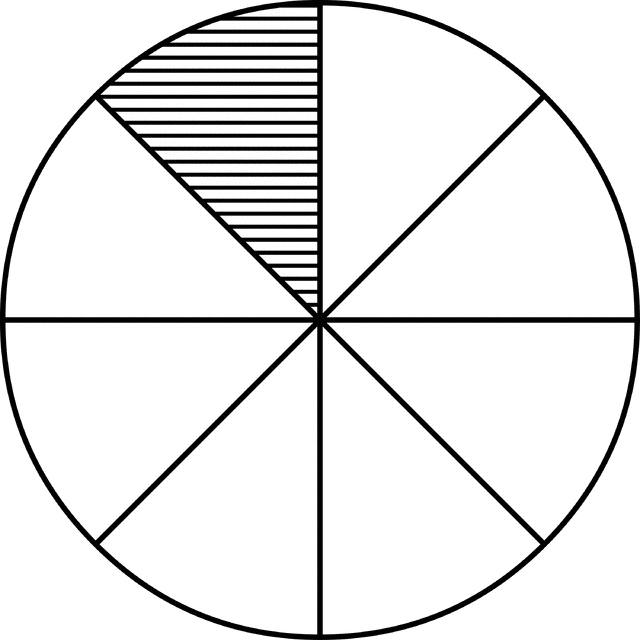Writing Update

Scenes Arranged: 4
Total Scenes: 58
It’s not as many as I would have LIKED to compose yesterday, but it IS progress. As we discussed yesterday, I have to be careful to acknowledge progress when I see it otherwise I’ll get discouraged.
The nice thing is that I know all the THINGS I want to happen between the Inciting Incident and the Key Event and I know what the Key Event is for each character. So the only thing I have to do is get the scenes and their characters’ motivations down and that’ll be another piece of the pie completed. Eaten? Baked? You decide.
Reading Update

Vengeful: 46%
Almost halfway there. Again, the book is great, it’s just a time thing.
Personal Update

We had a hard night around here last night. Hard lessons were learned, but I’ve never been prouder of my wife. We have an incredible family and I couldn’t be more grateful to be a part of it.
Discussion Topic
The Eighths
Part One

This is a post I’ve been looking forward to writing, but upon sitting down to actually write it, I think it is too ambitious to tackle in one go. So we’re splitting it into more pieces. Could be two, could be four. We’ll see how it goes. Don’t be scared by the opening image. It’s just a visual representation of what I’ll be covering. Ready? Go!
Most of what I’ve learned about story structure I’ve learned from K.M. Weiland. She has written several books such as Planning Your Novel, Outlining Your Novel, and Creating Character Arcs (all of which I’ve read). These revolutionized the way that I thought about story. As we’ve covered before, I’m a self-professed Planner and proud of it so these spoke right to my heart.
One of the key differences for me was identifying the various turning points in the story. There are eight of them and they occur about every eighth of word count in well-crafted stories.
Before I dive into the first few, let me address what you’re probably wondering: Why does this matter? Well, it matters because humans are hard-wired for story. We communicate life through telling each other “what’s going on.” Those are stories. When we tell our partners about our day, it’s telling a story. When you ask your kids what happened at school today, that’s a story. Humans are built from, on, and for stories. Thus, we have an innate sense of where a story is, where it’s headed, and if it’s on track. How many times have you watched a show or movie or read a book and wondered “Where is this going?” I’m sure it’s been many times. That is your innate sense that something in the story is off. And if your brain can sense it, then it’s measuring something.
What it’s measuring are story beats. Those beats are what I call The Eighths.
The collection of these Eighths also breaks the story into its distinct three acts, but I’m not covering that today as that is a higher level structure than the eight story beats. If you get the Eighths, you’ll get the Acts. Maybe another day.
Considering how much I’ve already written, let’s keep the remainder short. The eight story beats are:
- Inciting Incident
- Key Event (First Plot Point)
- First Pinch Point
- Midpoint (Second Plot Point)
- Second Pinch Point
- Darkest Moment (Third Plot Point)
- Climax
- Resolution
The Hook is kind of like story beat zero, but there’s a WHOLE other discussion around that.
And considering how long this blog is already, I think I’ll hold off. So this is going to be a four blog series:
- Today’s blog regarding story beat structure setting up the remaining blogs in a series.
- Exploration of the Hook, Inciting Incident, and Key Event (encompassing the First Act of a novel).
- Exploration of the First Pinch Point, Midpoint, Second Pinch Point, and Darkest Moment (encompassing the Second Act).
- Exploration of the Third Plot Point (which is sometimes different from the Darkest Moment), Climax, and Resolution as well as wrapping up the series.
I look forward to getting deeper into this topic as I love it so much. Sorry the blog was so long. Talk to you tomorrow.

May the tide carry you to safer shores.
BSG
